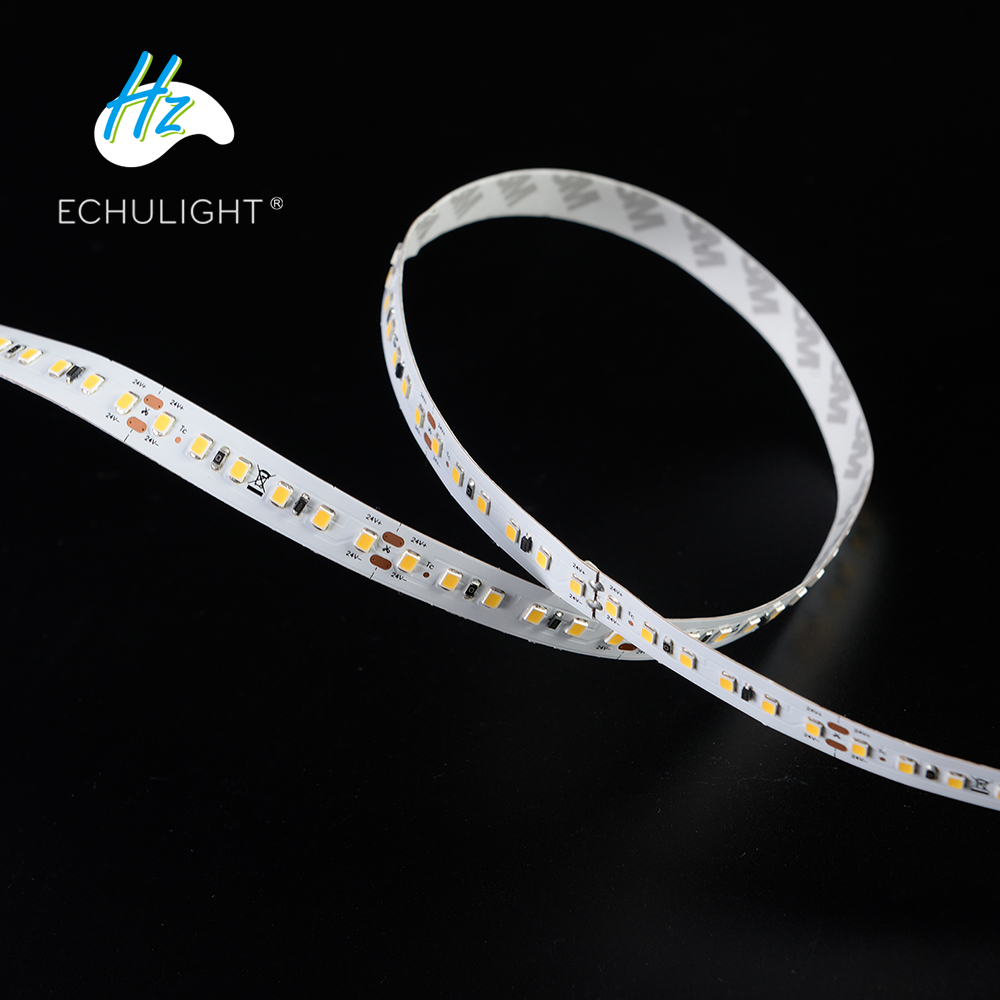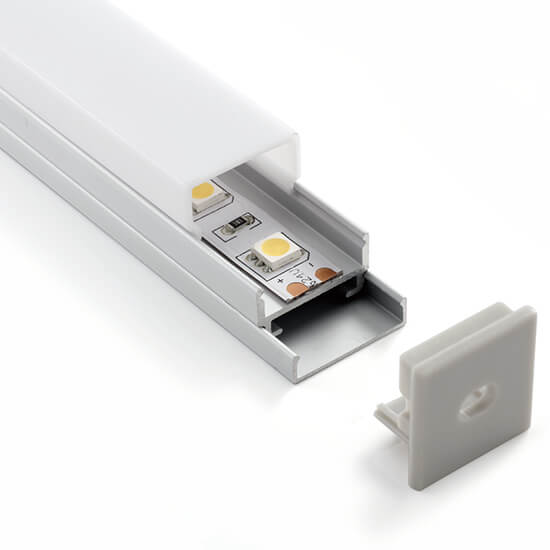Обављање задатака при слабом осветљењу може довести до напрезања очију и главобоље. Зато је одговарајућа осветљеност кључна. Међутим, болна истина је да ЛЕД траке често губе своју осветљеност из више разлога. Дакле, шта се може учинити да буду светлије?
Зашто ЛЕД траке губе осветљеност?
Температура боје
Топлота
Систем влажности
Влага је још једно не-не за ЛЕД траке. Moisture that builds up in an LED strip can corrode or rust the internal components. Over time, this reduces the brightness of the light. This is common when you are installing LED strips in highly humid areas. In this case, a fully sealed, waterproof LED strip is essential.
Напајање
16 начина да ЛЕД траке учините светлијим
1.одаберите ЛЕД светлосну траку високе осветљености
LED strips can overheat for a variety of reasons, which can affect the brightness of the light. Ово такође може проузроковати трајно оштећење ЛЕД траке. Да бисте то избегли, неопходна је употреба хладњака. ЛЕД светла стварају топлоту када су у раду. Употреба хладњака уклања топлоту коју емитују ЛЕД чипови, чиме се коло одржава хладним. Стога спречава прегревање уређаја без утицаја на његову осветљеност.
If you use yellow, orange or any warm colored lights, your room may appear dark. For this reason, I recommend that you use bright white light. You can choose a cool color light from 4000K to 6500K. Овај распон температура боја пружа нијансе плаве које изгледају много светлије од топлијих тонова. Јарко хладно бело светло је одлично за осветљење задатака. То ће произвести довољан интензитет светлости да останете фокусирани.
9. Обратите пажњу на угао снопа
Да ли сте знали да угао осветљења утиче на његову осветљеност? Када користите ЛЕД траку са ширим углом снопа, она шири светлост на већу површину. Као резултат тога, интензитет светлости је подељен и светлост изгледа мање светла. ЛЕД трака са уским углом снопа изгледа светлије са истим луменом. In this case, the light is not diffused; уместо тога, концентрисана је у одређеном правцу. This makes the light appear brighter.
The easiest solution to increase the brightness of your LED strips is to use multiple strips. If you're finding it difficult to boost the power supply or implement other processes, then adopt this idea. Mounting multiple LED strips side by side produces a more intense light output. Са овом техником, не морате да купујете светиљке са високим оценама лумена. In addition, this provides even light throughout the ceiling.
Many times, too much brightness can be uncomfortable for your eyes. To solve this problem, use a diffuser. Now, what is a diffuser? It is an overlay or cover for an LED strip that emits a softer light output. Ови дифузори могу бити различитих типова - провидни, мат или млечни. Са њима ћете добити чисто, меко осветљење које одржава осветљеност нетакнутом.
If the LED strip is mounted too close to the surface, the fixture will not have enough space to spread its brightness. Therefore, it is important to maintain enough space between the mounting surface and the LED strip. Ово ће обезбедити довољно простора да светлост правилно сија уз правилну дистрибуцију светлости.
LED light strips are sensitive to voltage. If there is not enough voltage behind the LED strip, it will directly affect the brightness. For example, if you have a 24V LED strip, using a 12V supply will not provide enough brightness. Повећање напона ће резултирати интензивнијим осветљењем. Поред тога, повећање дужине ЛЕД траке ће такође довести до пада напона. Због тога је важно осигурати да проток напона испуњава захтеве ЛЕД траке.
Нагомилавање прашине и прљавштине на ЛЕД светлосним тракама може запрљати уређаје. Нарочито ако инсталирате ЛЕД траку у масном или влажном окружењу, то ће учинити уређај још прљавијим. Ово покрива ЛЕД диоде и ствара слој прљавштине који пригушује излаз осветљења. As a result, your LED lights don't look as bright as they used to. So, be sure to clean your lights regularly. Use a dry cloth; if it's too dirty, dampen it slightly. But make sure the power is off. Do not turn off the lamp until it is completely dry. However, the IP rating of the lamp is also important. If the LED strip is cleaned wet, the LED strip may be damaged if it has a low IP rating.
ЛЕД траке комбинују бројне ЛЕД чипове да би донеле уједначено осветљење. Ако је било која од ЛЕД диода неисправна, то може утицати на укупни излаз осветљења. Можда ћете имати проблеме као што су треперење светла или изненадна искључења. In this case, test the defective LED and replace it with a new one.
16. Проверите да ли постоје проблеми са ожичењем
подвући
Време поста: Феб-02-2024






